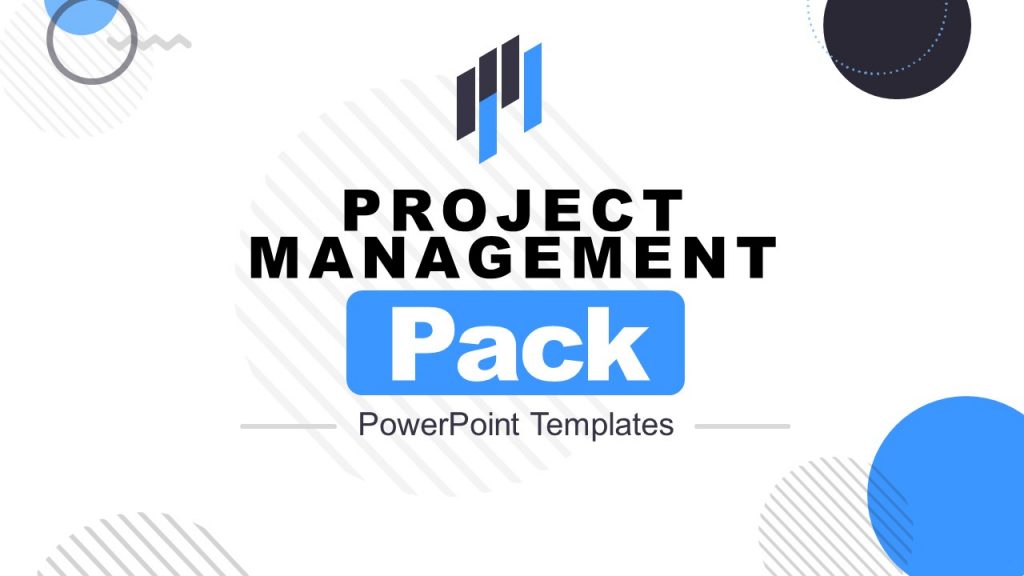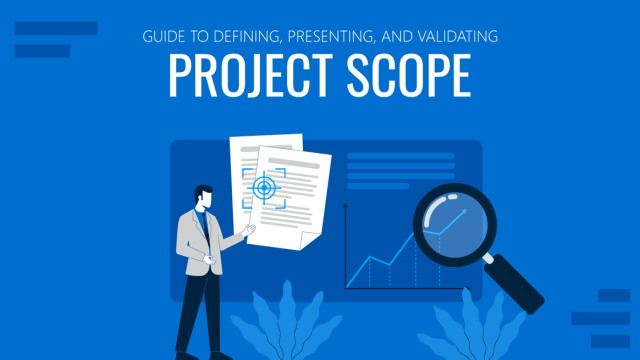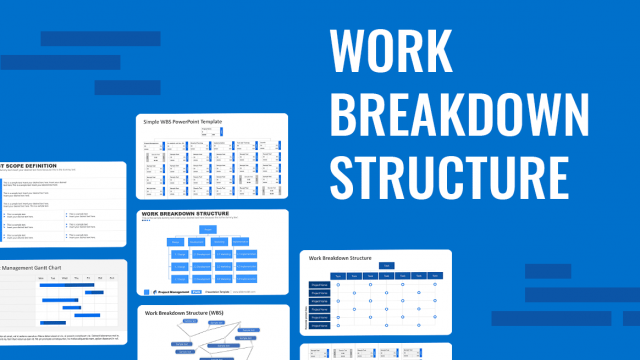
Project management plays a vital role in accomplishing goals, following schedules, and course correction during projects. However, getting your team organized and keeping the project on track can be a daunting task. This is where project management methodology can help project managers make the best use of available resources for achieving desired project outcomes. Let’s take a look at the basics of project management, including the different roles attributed to individuals, with a quick review of project management methodologies.
What is Project Management
Before discussing the various project management methodologies, let us first define project management to understand its function better
Definition: The planning and organization of resources for the completing of certain tasks in order to achieve desired goals. This can include a one-time project, ongoing activities, or the management of humans, money, machine and intellectual property.
What is Hybrid Project Management?
When discussing project management, it is also important to discuss the concept of hybrid project management.
Definition: Hybrid project management can be defined as, the methods combined from traditional project management, merged with agile methodology’s flexible approach. It uses the thoroughness of the Work Breakdown Structure (WBS) of conventional project management with the speed and flexibility of Agile methodology to create a hybrid form of project management.

The Different Roles in Project Management
There are different key positions held by people working on a project, and then there are people offering part-time or short-term services. The Project Management Office (PMO) is made up of not only senior members of an organization but also mid-level and junior officials, each with a role to play in executing the project. While project management roles can be defined in different ways, with slight variants, the following reflects the key roles in project management.
Project Client
The project client is the one for whom the project is executed, it can be another organization, unit or department. Every project has a client who needs to be satisfied. The client plays an active role in reviewing and approving project management plans, processing requests for changes, raising issues regarding project execution, releasing payments, and accepting or rejecting the project deliverables in the end. Many development sector projects consist of government departments, foreign donor organizations or a combination of public-private partners acting as clients.
Project Sponsor
The project sponsor is the individual or group which takes ownership of a project for a client. While a project sponsor does not manage the day-to-day tasks of a project, it is responsible for ensuring that all resources are in place and takes responsibility for the overall project.
Project Director
Project director or directors coordinate to ensure the successful execution of the project. Project director(s) have oversight over the project manager(s), providing leadership, management and projects financial monitoring
Business Analysts
The business analyst recommends and identifies the needs and solutions for an organization. In a project, business analysts work to ensure that the objectives laid out for a project solve problems or improve performance to add value for project deliverables.
Project Manager
The project manager plays a crucial role in project execution. The project manager is responsible for the project’s successful completion, within the specified time and budget, in line with project objectives. The project manager develops the project plan, manages deliverables and the project staff, determines the methodology for managing the project team, prepares schedules, assigns tasks, and updates the senior management regarding project updates.
Service Delivery Managers
While project managers are tasked with the day-to-day management of a project, service delivery managers help an organization function efficiently to ensure client satisfaction. Service delivery managers set development standards, perform data analysis and hire team members in line with project and client requirements.
Dedicated and Part-Time Members of a Project Team
Project teams can have different hierarchies, some roles might be cross-cutting, and some individuals might perform multiple functions. Other than the project director, project manager, business analyst, and service delivery managers, there are also several members in a project team. These might include dedicated or part-time staff hired for the project. It might include people managing sales, finances, developing software, designing UIs, installing hardware, etc. Sometimes, project teams can be a bit confusing to understand, as a project manager might also act as a business analyst, or a project director might also act as a project manager.
How to Build a Project Team
Building a project team can be complex and might differ from organization to organization and project to project. Here is a video which explains how to build a project team. The video discusses not only conventional project teams but also the need to change the traditional approach in the wake of agile development.
What are Different Project Management Methodologies?
Now that we have discussed the definition of project management, different project roles, and team compositions, let’s take a look at the different project management methodologies. We will also suggest editable project management templates for each methodology.
Lean Methodology
Lean methodology is a method for optimizing resources to create value for the end-user or customer. With principles of continuous improvement, it is used in many industries ranging from software development to sales. ‘Lean’ was originally developed at Toyota to reduce waste and inefficiency. Lean methodology aims to value customers and provide perfect value through a process of zero waste. The latter is often considered as the 3Ms called Muda, Mura, and Muri. Muda is about eliminating waste, Mura is about removing overhead variances and Muri is reducing overload by keeping the optimal capacity between 60%-70%.
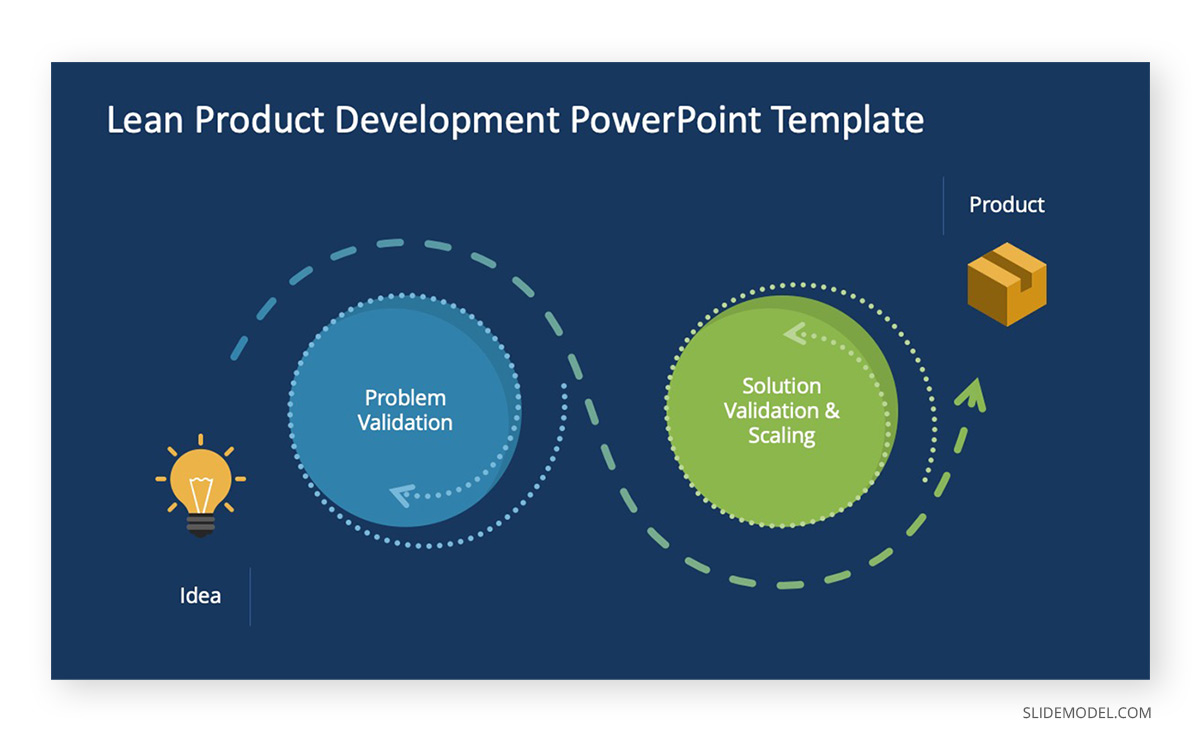
Agile Methodology
Agile methodology is a new approach to project management. It is more of an umbrella term that consists of a number of methodologies. Agile methods are more flexible and focus on an iterative approach towards software development, with a focus on the delivery of outcomes rather than one-time. Agile methodologies divide the project into smaller tasks, with scope for reversal in case of errors.

SCRUM
SCRUM is an agile framework for project management, which focuses on teamwork, accountability, and an iterative approach for achieving defined goals. In software development, SCRUM is considered a popular methodology with Agile concepts by empowering self-managing teams.
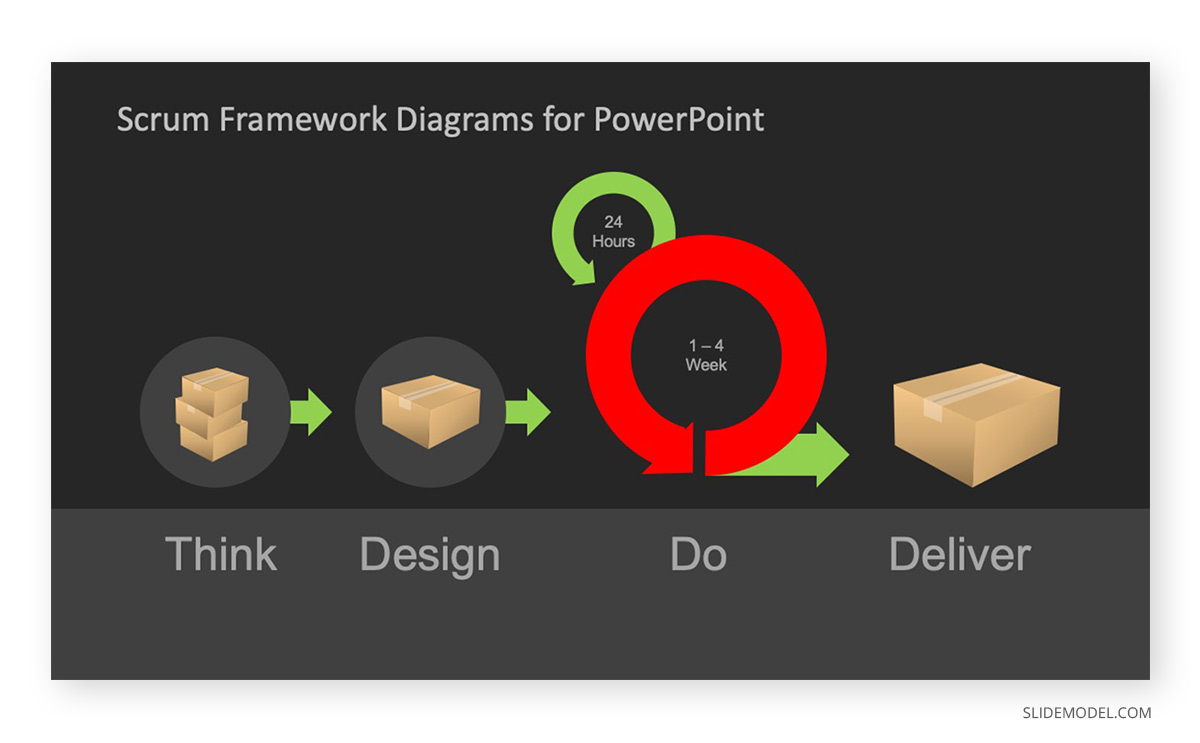
Kanban
Kanban is a Lean manufacturing system that focuses on work that is continually released in better quality. Kanban project managers use sticky notes or online tools for whiteboards and workflow management. Trello is a famous Kanban tool for representing a teams workflow. Trello can be used for a variety of task and project management purposes, including one-time projects or ongoing activities like content project management. Check out our article on how to export Trello to PowerPoint if you are interested in presenting your Trello boards to an audience. You can also take advantage of some other workflow diagram software tools to design and present your workflows.
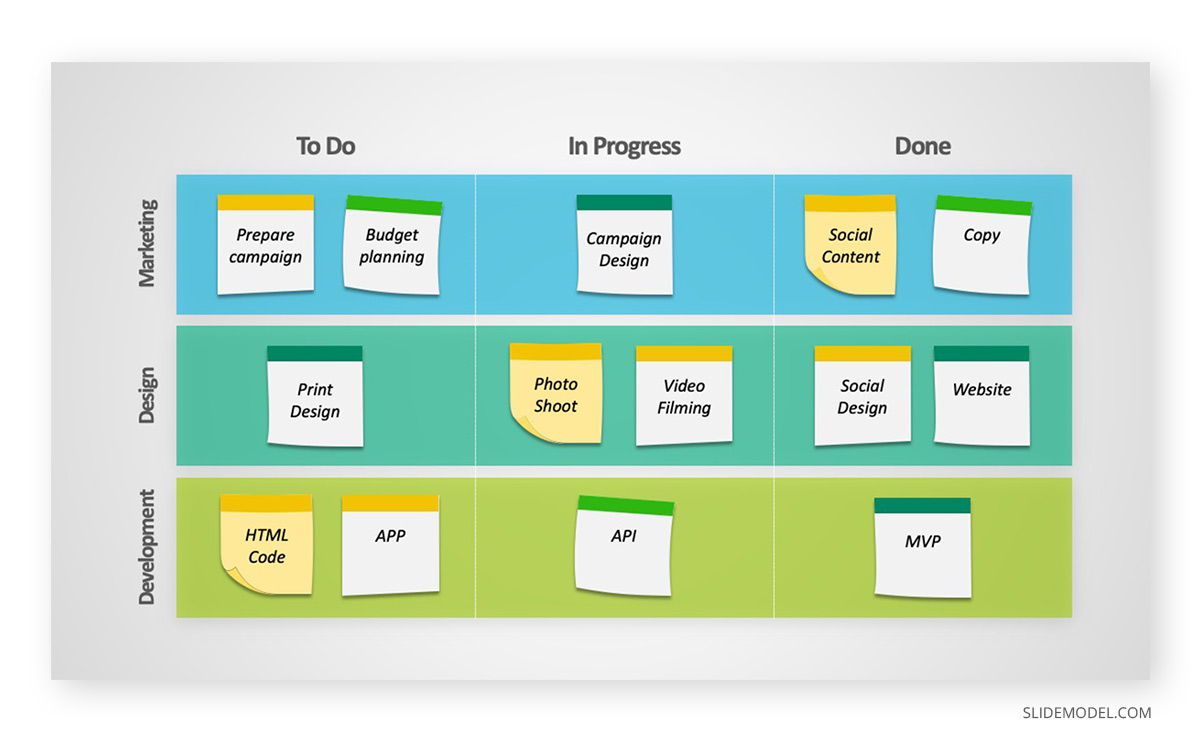
XP or eXtreme Programming
XP or eXtreme programming is an Agile software development framework. It provides processes and defined values meant for improving the quality of software. Similar to SCRUM, the values revolve around communication, feedback, courage, simplicity, and respect. If you’re confused regarding the value of ‘courage’ in the framework, it implies that software developers evaluate their work and are ready to adapt to make changes.

Waterfall Methodology
The Waterfall methodology, which is also known as the Software Development Life Cycle or SDLC is a methodology which unlike the Agile approach, focuses on doing things once, in the appropriate manner. In this methodology, the requirements are defined at the beginning, this is followed by work completion in phases. In a waterfall approach, the outcomes of the next phase are typically the input of the previous phase. The term waterfall implies that the project is executed in a cascading manner, where one phase is completed before the next can begin.
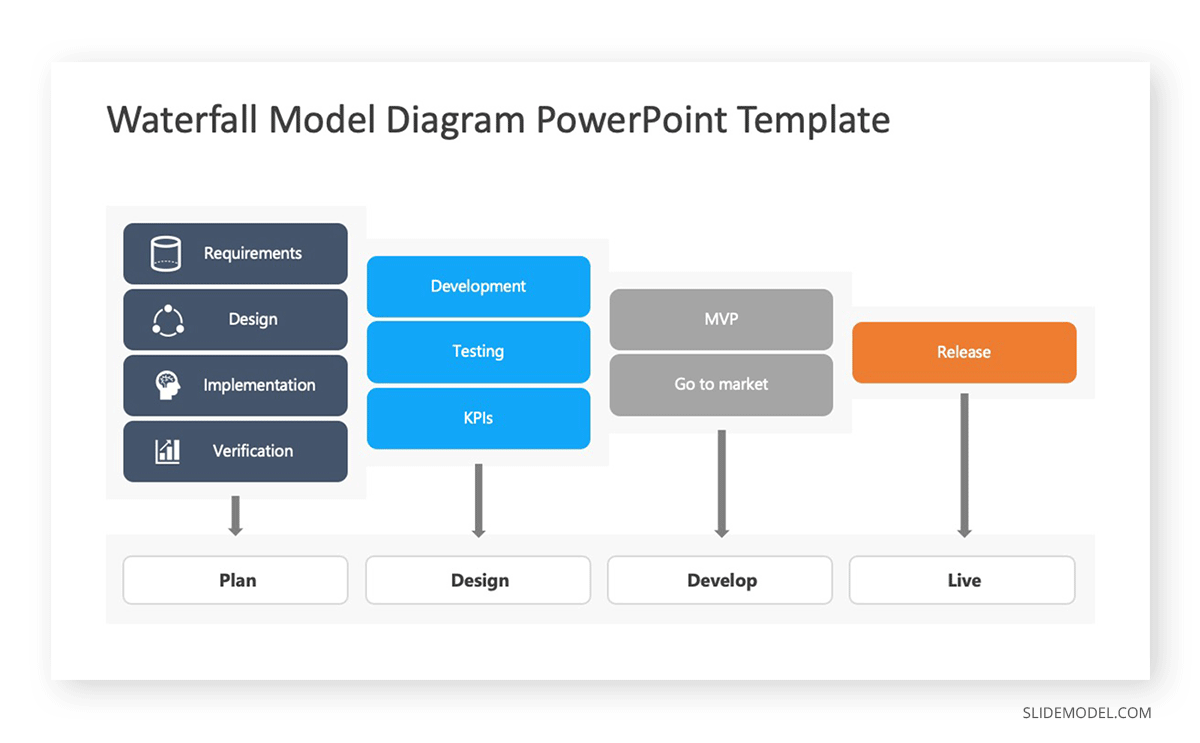
PRINCE2
PRINCE2 (PRojects IN Controlled Environments) is a process based project management methodology. It was developed as an information systems standard for the UK government. The methodology has its roots in PROMPT II (Project Resource Organization Management Planning Techniques).
The six aspects of PRINCE2 are tolerances or what you can call performance goals. These include scope, timescale, risk, quality, benefits, and costs. Furthermore, PRINCE2 consists of seven principles including continued business justification, learn from experience, defined roles and responsibilities, manage by stages, manage by exception, focus on products and tailor to suit the project environment. PRINCE2 is a great project management methodology for large scale and predictable projects.

PMI’s PMBOK
A framework of standards, Project Management Body of Knowledge or PMBOK provides standards, conventions, best practices, guidelines, terminologies and processes which make up the project management industry. Due to this it is often considered as a methodology on its own, though this can be considered debatable. PMBOK has five process steps for project management which include initiating, planning, executing, monitoring and closing.
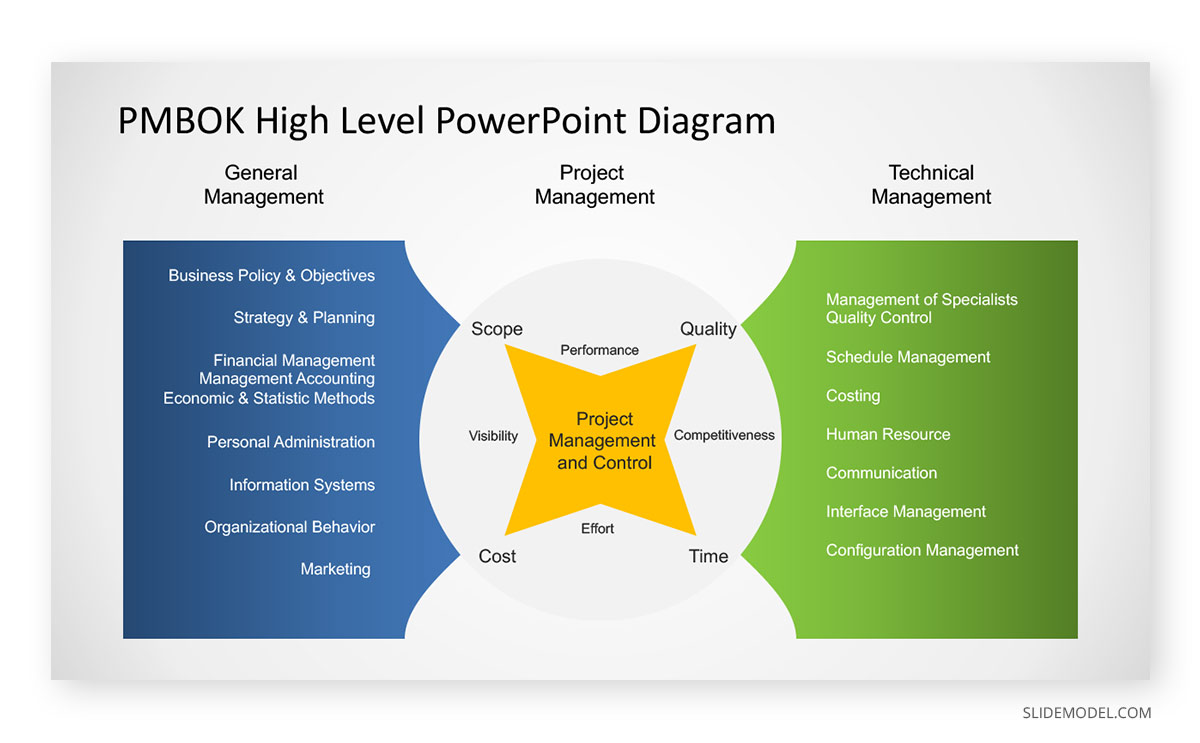
Hybrid Project Management & Methodologies
The modern project manager no longer works in a rigid hierarchy or a predictable working environment. Hybrid project management is a combination of Agile and Waterfall methodology meant for a fast changing environment, where project managers might need to adapt to quick changes, while maintaining quality. Hybrid methods break down projects into components which can be easily managed by function or discipline using Work Breakdown Structure (WBS). Whereas the Agile approach is used to speed up development of each component and its sub components.
Scrumban
The Scrumban methodology is a combination of both SCRUM and Kanban. It limits the work in progress by allowing teams to focus on their current tasks. Scrumban retains the aspects of reviews and retrospectives for improvement, whereas it uses aspects of Kanban for managing small iterations of teams using a visual board.
Wagile
In order to better understand if a hybrid methodology falls closer to Waterfall or Agile, the terms Wagile and Agifall are used. Wagile for instance, is a group of software development methodologies where the waterfall approach is adopted by reversing the Agile approach.
Agifall
The Agifall approach uses both the speed and fluidity of the Agile approach, while introducing more project information beforehand like the waterfall method.
How to Choose the Right Project Management Methodology
There are a number of factors that you should consider before choosing a project management methodology. Not every methodology would fit every organization or project’s needs. Here are a few factors which can help you identify the right project management methodology.
1. Project Factors
Are you developing software? Does your project include large-scale infrastructure development or the production of a standard product? Your project management methodology will depend on your project factors such as project needs, constraints, available resources, and finances. Some projects might need a more traditional Waterfall approach. Whereas other projects might need to be more fluid in output and project management approach, requiring Lean or Agile frameworks.
2. Organizational Goals
Does your organization intend to satisfy customers amidst changing needs, or wishes to provide a high-quality product which is old school and standardized? Your organizational goals will play a major role in the type of methodology you use.
3. Organizational and Team Values
It isn’t easy incorporating Lean and Agile frameworks in a working environment where people are not used to adaptability. The corporate culture, values of an organization and team values instilled by the senior management play an important role in what methodology is used for project management in an organization.
4. The Rigidity or Flexibility of Your Work Environment
Organizations in the IT industry are always looking to adapt to ever changing environments, new devices released every year if not every quarter amidst the need to address customer needs. On the contrary, the need for producing a standard product such as infrastructure for a government department might not be as fluid, with rigid controls, lengthy paperwork and red tape.
5. Methodology which Delivers the Most Value
A methodology which adapts quickly to changes after an operating system update cannot be applied for a rigid environment, where customers like to stick with a traditional product, with little or no change. The methodology which adds the most value and addresses customer needs should be a top consideration when picking a project management methodology.
Final Words
While there is a debate over whether the traditional, Agile or Hybrid project management methodologies and frameworks provide more value, we can’t disagree with the fact that the modern project manager needs to adapt to an environment where technology and customer needs can usually be hard to predict on a long-term basis. Even when using the Waterfall approach, the modern project manager might need to use tools which might be similar to Kanban boards. As new technology, methods and changes in the way we conduct business shape our future, we are likely to see more hybrid and perhaps something even more novel in terms of project management methodologies.
In the wake of COVID-19 and the fast changing landscape of how we do business, execute projects and interact with customers, it is likely that project management might undergo an evolution which might shape an environment which is very different from how we are used to viewing project management.
